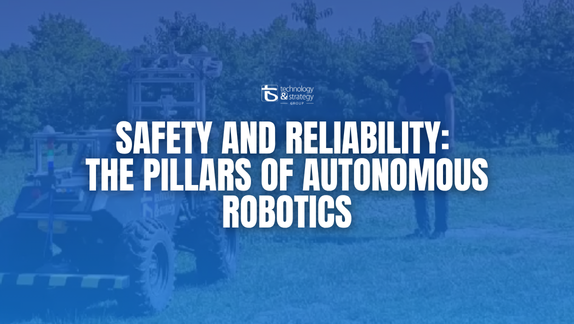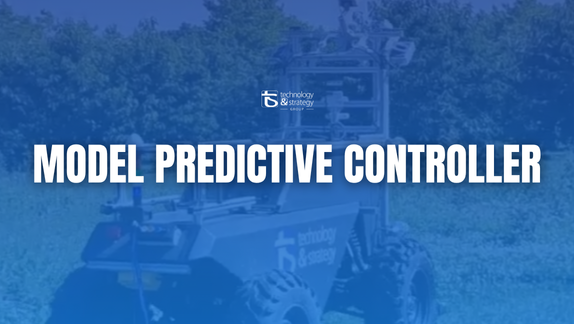As part of the industrial transformation towards Industry 5.0, the automation of quality control processes is becoming a crucial element in guaranteeing operational excellence. The Englab experimental platform, supported by the Région Grand Est, is designed to test and deploy advanced technologies such as automation, IIoT, cobotics, and virtual and augmented reality. These technologies aim to optimize operational and decision-making processes, while facilitating their deployment according to specific industrial needs. This article will focus on automated inspection and quality control, and their role in improving the efficiency and accuracy of operations.
Automating quality control processes is a major step forward in reducing human error and improving accuracy. At Englab, we use machine learning algorithms to develop tools capable of automating inspections and reducing inter-operator subjectivity. These innovations are in line with our vision presented in the article “A production line of the future: a dream or a reality?”.
Automated quality control systems can automatically detect defects in a product, estimate the severity of an anomaly, and operate in an uncontrolled environment. For example, our platform uses cameras and sensors to inspect products after assembly and validate key functionalities. These systems are essential for guaranteeing consistent quality of final products.
The integration of automated inspection and quality control into our experimental production line has led to a number of practical applications:
1. Defect detection: computer vision systems are used to automatically detect defects on products. These systems analyze images captured by cameras to identify anomalies and defects, enabling rapid and accurate inspection.
2. Estimating the severity of anomalies: machine learning algorithms can estimate the severity of detected anomalies. This helps prioritize corrective actions and maintain a high level of quality.
3. Operation in uncontrolled environments: automated quality control systems are designed to operate in uncontrolled environments, making them adaptable to a variety of production conditions.
4. Functional validation: after assembly, products are tested to validate their main functionalities. Automated systems enable these tests to be carried out efficiently and reliably, guaranteeing the quality of the final products.
Automated inspection and quality control offers several advantages:
- Reduced human error: automated systems reduce subjectivity and human error, ensuring more accurate and reliable inspection.
- Improved efficiency: automation enables inspections to be carried out faster and more consistently, improving operational efficiency.
- Consistent quality: automated systems ensure consistent end-product quality, meeting customer requirements and industry standards.
Automated inspection and quality control are essential components of the Smart Factory. They improve the efficiency and precision of operations, while guaranteeing consistent quality of end products. In our next article, we'll look at how digitization and process monitoring contribute to optimizing industrial operations.
To see these technologies in action, watch our full video of the experimental line :



Discover how autonomous robots developed at Englab’s R&D Center can positively impact the environment and economy through advanced and sustainable technologies.
READ MORE
Discover how Englab's R&D Center ensures the safety and reliability of autonomous robots through advanced technologies and strict protocols.
READ MORE
Discover how Englab develops a Model Predictive Controller (MPC) enabling autonomous off-road vehicles to navigate safely in complex, unstructured terrains.
READ MORE